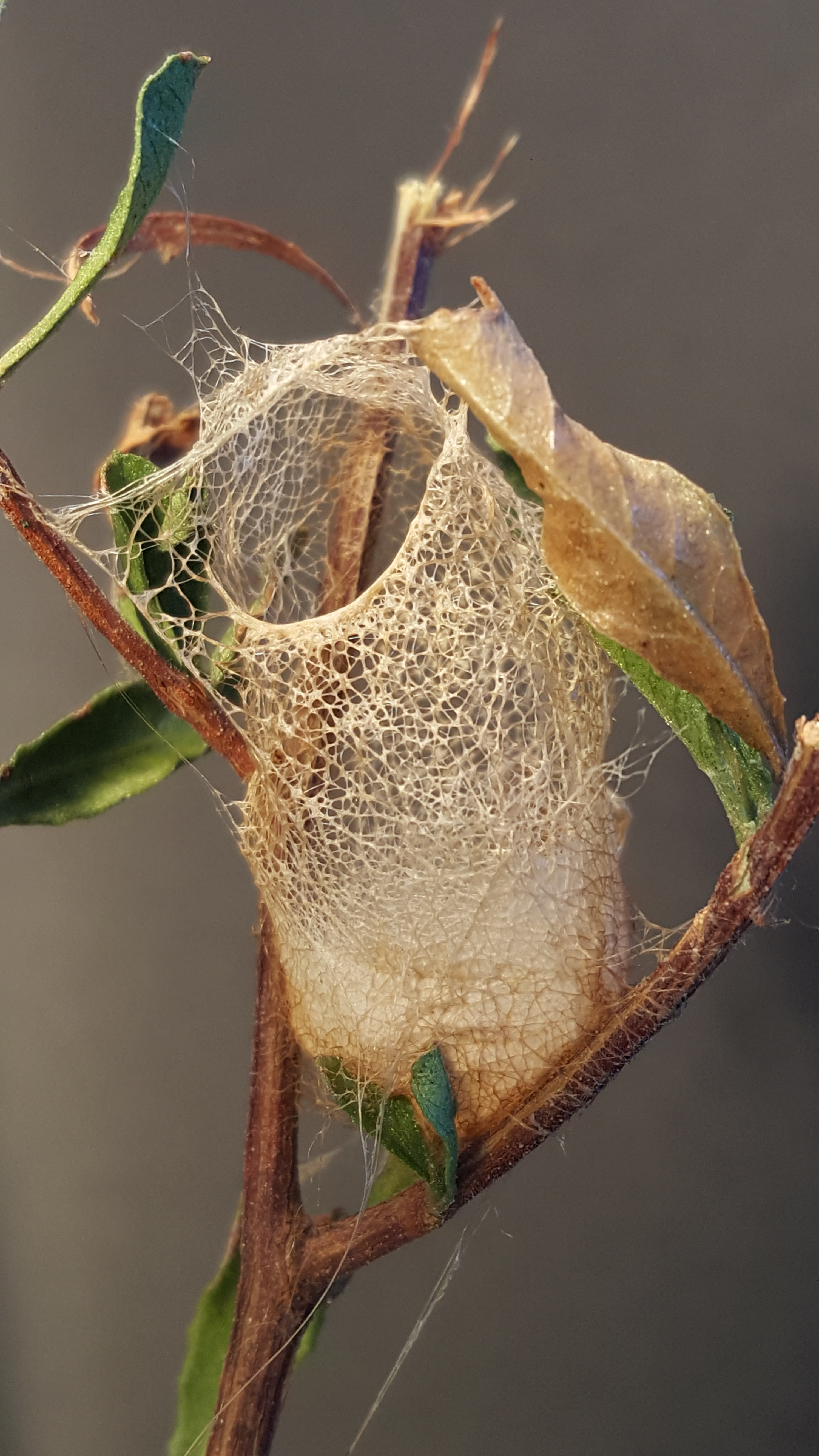News
Network Researchers in Bayreuth and Melbourne discover new type of spider web
19 October 2020
New South Wales, in the southeast of Australia, is home to some very unusual spiders. For more than 150 million years, they have been weaving sack-shaped webs and using them as their home, as protection for their eggs, and as a trap for their prey. A research team from the University of Bayreuth, the University of Melbourne, and the Australian Synchrotron has now determined the unusual structure of the silk webs produced by this spider species. Its complex structure gives the webs an unusual degree of mechanical stability. The scientists present their discovery in the journal "Scientific Reports".

The spider with the Latin name Saccodomus formivorus is a member of the crab spider family. It is an endemic species that has never spread beyond its habitat areas in south-eastern Australia. Because their multifunctional and dimensionally highly stable webs look like lobster traps, these spiders are also called "lobster pot spiders". Intensive synchrotron radiation has now allowed a look inside the threads, providing insights into the unusual structure and chemical composition of their silk fibers. Here, microfibres with a diameter of about two to four micrometres are embedded in a polymer matrix, which in turn consists of much finer fibres arranged in a longitudinal direction. These smaller sub-fibres contain different molecular building blocks to those of the larger micro-fibres, and are about one tenth as thick.
"In comparative tests, we have found that the silk thread of this Australian crab spider has a much higher bending rigidity than the already well researched silk threads of the familiar orb-weaving spiders, such as the European garden spider. At the same time, the interaction of the two different types of fibres has broadened our scientific understanding of how spider silk works in general. This spider endemic to Australia offers us some surprising glimpses into the workshop of evolution," says Christian Haynl, doctoral student at the Biomaterials research group, and first author of the new study.
The research results now published could never have been achieved without the close cooperation we enjoyed with the two Australian teams at the partnering University of Melbourne and Monash University, also located in Melbourne, and affiliated with the Australian Synchrotron. This cooperation is a product of the bilateral "Bayreuth-Melbourne Polymer/Colloid Network", funded by the German Academic Exchange Service (DAAD). Prof. Dr. Thomas Scheibel is the spokesperson of this network. "Close contacts and cooperation with Australian universities and research institutions has been a focal point of the internationalisation strategy of the University of Bayreuth for many years. In 2018, the University of Bayreuth set up a Gateway Office in Melbourne to further intensify dealings between us at all levels of research and teaching," says Scheibel. As a long-standing vice president of the University of Bayreuth in the area of internationalisation, equal opportunities and diversity, he has been a significant figure in initiating and promoting this relationship.
